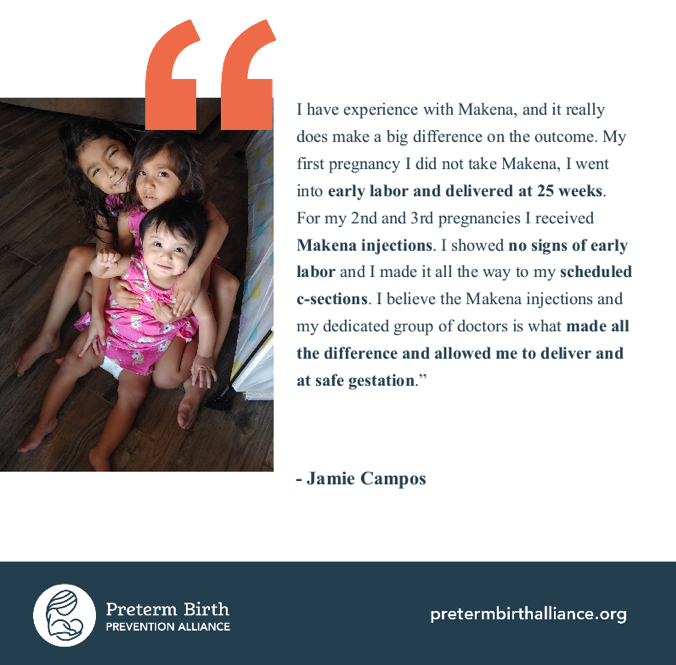Medicaid per-capita caps: A recipe for disaster – National Consumers League
 Spotlight on Health Care Series, Part 1: As America’s health care system is facing uncertainty, NCL staff is exploring the topic in a new weekly blog series.
Spotlight on Health Care Series, Part 1: As America’s health care system is facing uncertainty, NCL staff is exploring the topic in a new weekly blog series.
No matter how you slice it, the proposed changes to Medicaid in the GOP’s new health care bill are not a spending compromise–but rather a massive cut in funding that will decimate the Medicaid program as we know it.House Republicans recently introduced the American Health Care Act (AHCA) as a first step in fulfilling their promise to repeal and replace the Affordable Care Act (ACA). The AHCA would cut $880 billion in federal support for state Medicaid programs over the next decade, while dramatically altering the funding structure of Medicaid from a flexible federal entitlement to a rigid per-capita cap. Under the current system, the federal government matches state Medicaid spending as enrollment increases and health care needs change. The new plan proposed by Republicans would cap federal funding solely based on the number of Medicaid enrollees.
This cap would not match the dynamic nature of health care. If Medicaid spending increases–perhaps due to a natural disaster, a sudden disease epidemic, or even a breakthrough drug the state wants to cover–states would be left to foot the bill for any costs over the strict per-person cap. This policy also makes Medicaid particularly susceptible to deeper cuts in the future; if Congress succeeds in divorcing federal support from the actual cost of providing health care, it will have greater liberty to continue to slash funding over time to generate more federal savings.
Republicans assert that the capping approach will slow the growth of Medicaid and expand states’ flexibility to innovate and provide patients with the care they want. The reality is, rather than curtailing spending, the costs will simply shift away from the federal government and onto the backs of state governors–sending state budgets into turmoil and placing millions of Americans at risk. Ultimately, states will be faced with the choice of raising taxes on their residents to meet funding needs, cutting funding from critical programs such as infrastructure or education, or imposing devastating cuts to Medicaid eligibility, benefits, and coverage for millions.
Among those most severely affected by a Medicaid spending cap are rural communities, where at least one-quarter of residents rely on public insurance. Several health crises already plague this population, including the onset of disease in coal workers and the Opioid epidemic. These issues, among many others, have contributed to a spike in the mortality rate of lower and middle class white Americans, and a huge reduction in federal funding would only further limit states’ ability to respond. Capping will also have negative ramifications for children, who account for approximately 40 percent of the Medicaid population. According to the Center on Budget and Policy Priorities (CBPP), a slash in funding for Medicaid will have devastating consequences for children’s health, educational attainment, and earning potential, leading to long term damage to state economies. In short, this colossal overhaul of Medicaid would jeopardize health care for our country’s most vulnerable populations.
Today, 70 million low-income and disabled Americans rely on Medicaid to fulfill its guarantee to provide coverage for all eligible men, women, and children just as it has done for over 50 years. The GOP proposal reneges on that guarantee. Capping funding for a program that serves as an essential lifeline for so many will not lead to a more efficient health system or healthier Americans–it’s a recipe for disaster.



 Guest blog by Clara Keane, a graduate of Drew University, Madison, NJ.
Guest blog by Clara Keane, a graduate of Drew University, Madison, NJ.

 It’s that time of year again! Holiday season is upon us, and that means more trips to the mall and online retailers for many of us. Gift buying and giving can be stressful, fun, exhilarating, and all of the above. But how many of us have stopped to consider where these products come from, and under what conditions they are being made?We here at the National Consumers League encourage buying American- and union-made goods. Consider this about the companies you are buying from: do they treat their employees fairly? Are the employees paid a living wage? Are they using child labor in the production of their goods?
It’s that time of year again! Holiday season is upon us, and that means more trips to the mall and online retailers for many of us. Gift buying and giving can be stressful, fun, exhilarating, and all of the above. But how many of us have stopped to consider where these products come from, and under what conditions they are being made?We here at the National Consumers League encourage buying American- and union-made goods. Consider this about the companies you are buying from: do they treat their employees fairly? Are the employees paid a living wage? Are they using child labor in the production of their goods?
 Earlier this November, NCL held a meeting with our Alliance Against Fraud coalition. We had presenters from the Federal Trade Commission (FCC) representing the government and AARP representing advocacy interests. If Frank Abagnale Jr. of Catch Me If You Can, and AARP’s newest spokesperson, taught us anything, it’s that scammers know their targets and their sights are almost always set on the most vulnerable consumers. Scammers also work together by distributing “sucker lists” amongst themselves that keep victims at the mercy of scammers.As AARP can attest, older Americans are frequent scam victims. Perhaps you’ve heard about the “grandparent scam.” In grandparent scam scenarios, fraudsters claim to be calling on behalf of a grandchild asking for funds to bail themselves or another loved one out of jail or out of some trouble. It was discussed that some scammers actually monitor obituaries of grandparents to find the information of a grandchild to use that name when making the call to the surviving grandparent.
Earlier this November, NCL held a meeting with our Alliance Against Fraud coalition. We had presenters from the Federal Trade Commission (FCC) representing the government and AARP representing advocacy interests. If Frank Abagnale Jr. of Catch Me If You Can, and AARP’s newest spokesperson, taught us anything, it’s that scammers know their targets and their sights are almost always set on the most vulnerable consumers. Scammers also work together by distributing “sucker lists” amongst themselves that keep victims at the mercy of scammers.As AARP can attest, older Americans are frequent scam victims. Perhaps you’ve heard about the “grandparent scam.” In grandparent scam scenarios, fraudsters claim to be calling on behalf of a grandchild asking for funds to bail themselves or another loved one out of jail or out of some trouble. It was discussed that some scammers actually monitor obituaries of grandparents to find the information of a grandchild to use that name when making the call to the surviving grandparent.













